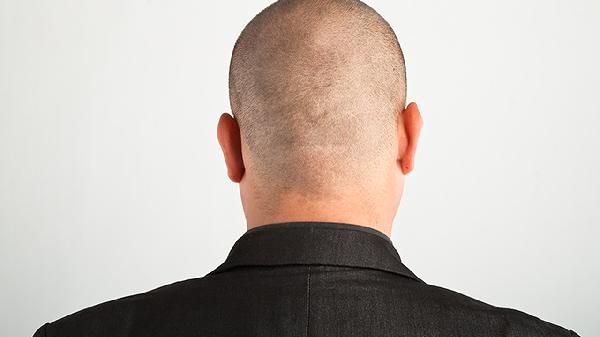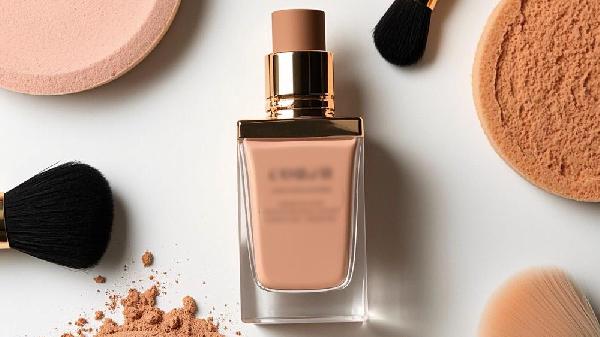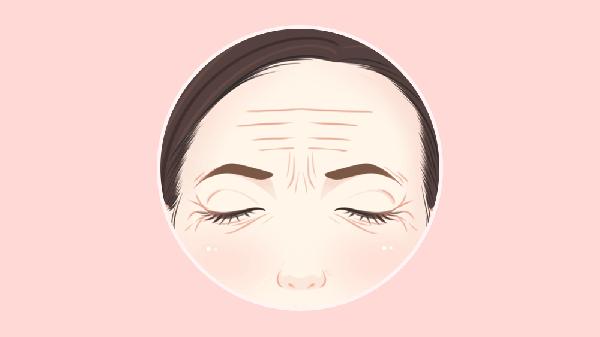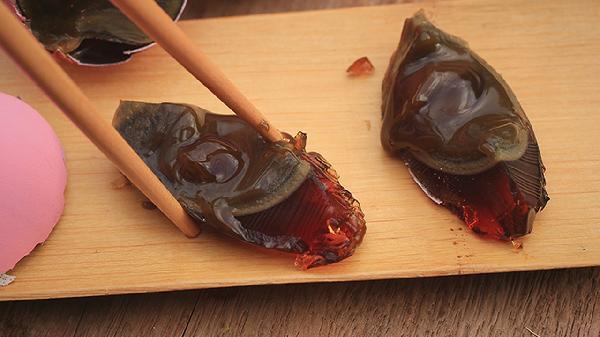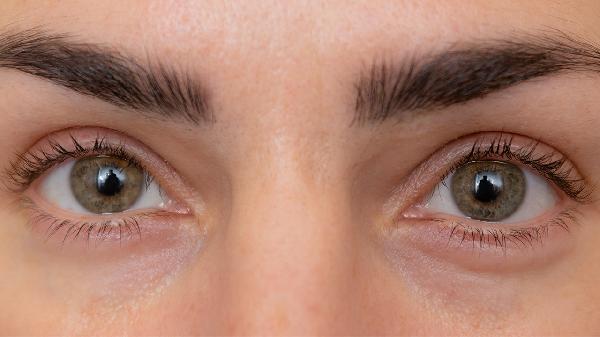The principle of self-sufficiency is something everyone is familiar with. Going to a hair salon not only costs hundreds of dollars but may also yield unsatisfactory results. It’s better to dye your hair at home, ensuring even coverage, and the outcome can still look fantastic. So, how can you dye your hair correctly and effectively?

---
Tools/Materials
Hair dye, mixing tools
---
Steps/Methods
1. Stay True to Your Original Color
Whether your hair is naturally colored or has been previously dyed, when choosing a new hair color, you must stay true to your original shade. Select a color based on the tone of your existing hair. Professional hairstylists recommend that whether you’re going darker or lighter, the new color should not deviate more than two shades from your original color, or it will look too dramatic.
2. Opt for Cool Tones
If it’s your first time dyeing your hair, using warm tones to lighten your hair can easily make it look dull and lifeless, like sandpaper. Instead, choose cool or neutral tones for a safer bet.
3. Prepare Adequate Supplies
Typically, one box of hair dye is enough for medium to long hair (shoulder-length). If your hair is particularly long or thick, make sure to prepare enough dye beforehand, or you might end up running out mid-process, which would be embarrassing.
4. Use Professional Tools
The tools that come with hair dye kits are usually simple and limited in functionality. For better results, purchase more professional (or at least sturdier) tools from a beauty supply store. For example, the gloves for dyeing should be more than just thin, transparent plastic.
5. Conduct a Color Test
Instead of regretting a new hair color after dyeing, it’s better to test the color on a small section of hair underneath the top layer before committing to the full process.
6. Be Careful with Root Touch-Ups
The most common DIY dyeing mishap is when the root touch-up color doesn’t match the rest of your hair! Even if you use the same brand and shade, if the dye drips from the roots to other areas during the waiting period, it can result in uneven coloring. To avoid this, ask a friend for help or use a three-way mirror to ensure even application. If you want to touch up previously dyed areas, use a comb to distribute the dye to the ends 5 minutes before rinsing, then rinse all your hair together.
7. Maintain Your Color Post-Dye
The more you care for your hair, the longer the color will last. After dyeing, choose hair care products specifically designed for colored hair and do a deep conditioning treatment at least once a week.
8. Naturally Cover Gray Hair
If you’re dyeing to cover a lot of gray hair, choose a shade that’s between your natural hair color and the gray. This will look more natural, and any new growth won’t stand out as much.
9. Be Cautious with Curly Hair
Since curly hair tends to be drier, it absorbs dye faster than straight hair and is more prone to damage. When dyeing curly hair, reduce the amount of dye by a quarter and replace it with distilled water, then proceed as usual.


